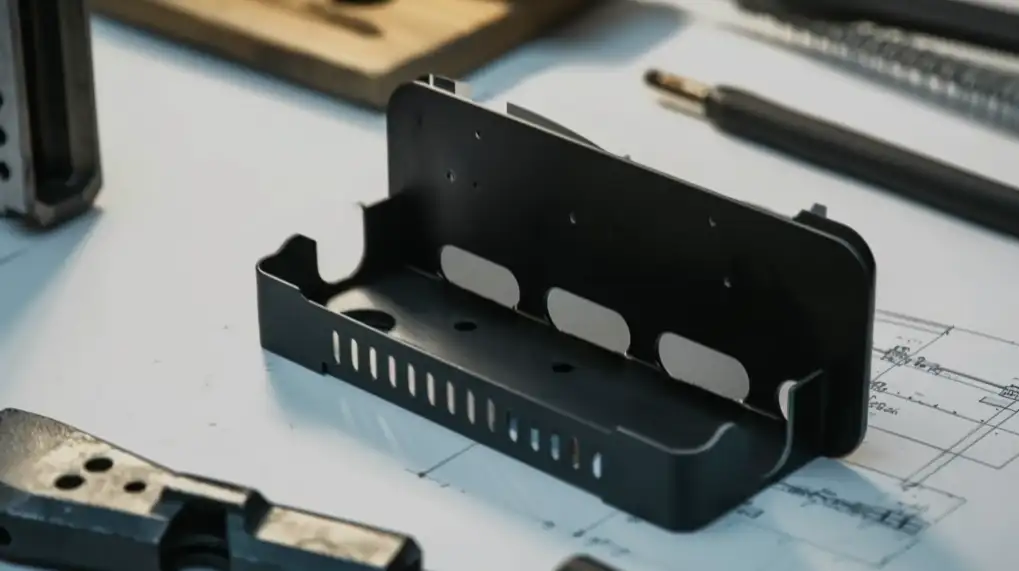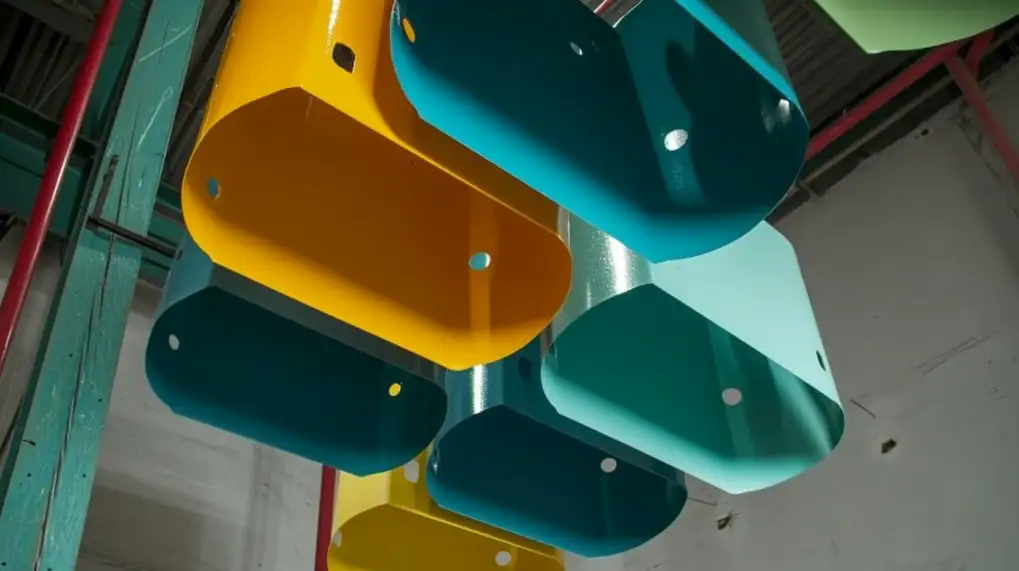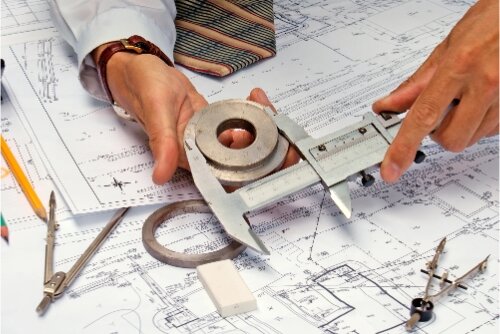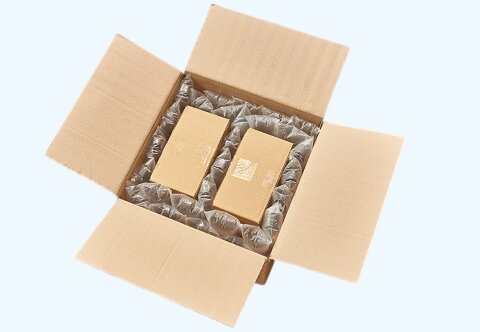Metal finishing choices can make or break your product’s durability and appearance. Paint and powder coating each offer distinct benefits, but selecting the wrong option increases costs and reduces product life. Many manufacturers struggle to pick the right finish for their specific needs.
Powder coating and paint protect metal surfaces but differ in key ways. Powder coating creates a thicker, more durable finish that resists chipping and scratching better than traditional paint. It also produces less waste and releases fewer chemicals into the air. However, paint offers more color options and can be easier to touch up.
Want to know which finish will work best for your specific project? Let’s look at the key factors that will help you make the right choice.
Understanding Powder Coating
Powder coating offers a tough, long-lasting finish for metal parts. Let’s look at what makes it work.
What is Powder Coating?
Powder coating is a dry finishing process. It uses a fine powder made of resin, pigments, and additives. The powder is applied to a surface and cured under heat to create a hard, protective layer.
This method is often used on metal surfaces, such as appliances, automotive parts, and outdoor furniture. It’s valued for its durability and resistance to wear and tear.
How Does Powder Coating Work?
The powder coating process involves several steps:
- Surface Preparation: The surface is cleaned to remove dirt, oil, and rust. This ensures the powder adheres properly.
- Application: The powder is sprayed onto the surface using an electrostatic gun. The gun gives the powder a positive charge, sticking to the grounded surface.
- Curing: The coated object is placed in an oven. The heat melts the powder, forming a smooth, durable finish.
Powder Coating: Pros and Cons
Pros:
- Durability: Powder coating is highly resistant to chipping, scratching, and UV damage.
- Eco-Friendly: It produces less waste and contains no harmful solvents.
- Finish Quality: It provides a smooth, even finish without brush marks or streaks.
- Color Options: Powder coating offers a wide range of colors and textures.
Cons:
- Upfront Cost: The equipment and setup for powder coating can be expensive.
- Limited Materials: It works best on metal surfaces and may not be suitable for all materials.
- Touch-Ups: Fixing small imperfections can be harder compared to paint.

Understanding Paint
Paint is a versatile and widely used finishing option. It’s easy to apply and comes in various colors and finishes. Let’s explore what paint is, how spray paint works, and its pros and cons.
What is Paint?
Paint is a liquid coating made of pigments, binders, and solvents. The pigments provide color, the binders hold the pigments together, and the solvents keep the paint liquid until it dries.
Once applied, the solvents evaporate, leaving a solid film on the surface. Paint is used on various materials, including wood, metal, and plastic. It’s popular for both decorative and protective purposes.
How Does Spray Paint Work?
Spray paint is a convenient way to apply paint evenly. Here’s how it works:
- Preparation: The surface is cleaned and primed if needed.
- Application: The paint is loaded into a spray can or gun. The paint is released as a fine mist when the trigger is pressed.
- Drying: The paint dries as the solvents evaporate. Multiple coats can be applied for better coverage and durability.
Paint: Pros and Cons
Pros:
- Versatility: Paint can be used on almost any material, including wood, metal, and plastic.
- Ease of Use: It’s easy to apply with brushes, rollers, or spray equipment.
- Touch-Ups: Small imperfections can be easily fixed with additional coats.
- Cost: Paint is generally more affordable upfront compared to powder coating.
Cons:
- Durability: Paint is less resistant to chipping, scratching, and UV damage than powder coating.
- Drying Time: It can take longer to dry, especially in humid conditions.
- Environmental Impact: Many paints contain volatile organic compounds (VOCs), which can harm the environment.

Powder Coating VS Paint: Which Is Better?
Choosing between paint and powder coating depends on your project’s specific needs. Let’s compare them across key factors to help you decide.
Cost Efficiency
Paint is generally cheaper upfront. It requires less specialized equipment and is easier to apply. However, it may need more frequent touch-ups or reapplications, which can add to long-term costs.
Powder coating has higher initial costs due to specialized equipment and setup. But its durability often means fewer repairs or replacements, saving money over time.
Durability
The paint is less durable. It can chip, scratch, or fade, especially in harsh environments like outdoors or high-traffic areas. Regular maintenance may be needed to keep it looking good.
Powder coating is highly durable. It resists chipping, scratching, and UV damage better than paint, making it ideal for surfaces exposed to tough conditions.
Environmental Impact
Paint often contains volatile organic compounds (VOCs), which can harm the environment. Proper disposal and ventilation are needed to minimize its impact.
Powder coating is more eco-friendly. It produces less waste and contains no harmful solvents. Any excess powder can often be reused, further reducing waste.
Productivity
The paint is easy to apply and dries relatively quickly. It’s great for projects needing fast turnaround times or frequent color changes.
Powder coating requires curing in an oven, which takes more time. However, it provides a consistent finish in a single application, reducing the need for multiple coats.
Aesthetic Appeal
Paint offers a wide range of colors and finishes. It’s easy to customize and touch up, making it ideal for decorative projects or intricate designs.
Powder coating also provides a variety of colors and textures. Its finish is smooth and even, but touch-ups can be harder to match perfectly.
Reliability
Paint is reliable for indoor or low-stress applications. However, it may not hold up well in harsh conditions without regular maintenance.
Powder coating is highly reliable for demanding environments. Its strong, durable finish makes it a trusted choice for industrial, automotive, and outdoor applications.
Powder Coating VS Paint: Industrial and Commercial Applications
Both powder coating and paint have their place in industrial and commercial settings. The choice depends on the project’s specific requirements. Let’s explore where each method excels.
Where Powder Coating Shines
Powder coating is ideal for applications that demand durability and resistance to harsh conditions. Here are some areas where it shines:
- Automotive Parts: Powder coating is widely used for car wheels, frames, and engine components. It resists chipping, scratching, and corrosion.
- Outdoor Furniture: Its UV resistance makes it perfect for patio furniture, railings, and fences.
- Industrial Equipment: Machinery and tools benefit from powder coating’s durability and resistance to chemicals and wear.
- Appliances: Many household appliances, like refrigerators and washing machines, use powder coating for a durable, attractive finish.
- Architectural Metalwork: Building facades, window frames, and structural steel often use powder coating for long-lasting protection.
Where Paint is Preferred
Paint is more versatile and easier to apply, making it suitable for various applications. Here are some areas where paint is preferred:
- Indoor Surfaces: Walls, ceilings, and indoor furniture often use paint for its ease of application and wide color options.
- Decorative Items: Paint is ideal for artistic projects, signage, and decorative pieces that require frequent color changes or intricate designs.
- Wooden Structures: Paint adheres well to wood, making it a popular choice for furniture, cabinetry, and trim.
- Temporary Solutions: Paint is often the best option for projects needing a quick, cost-effective finish.
- Touch-Up Work: Paint is easier to touch up and repair, making it suitable for surfaces needing frequent maintenance.

How to Choose the Right Program for Your Needs
Choosing between powder coating and paint depends on your project’s specific requirements. Here’s a simple guide to help you decide:
Consider Durability Needs
- Powder Coating: Choose this for projects exposed to harsh conditions, like outdoor furniture, automotive parts, or industrial equipment. It resists chipping, scratching, and UV damage.
- Paint: Opt for paint if your project is indoors or doesn’t face heavy wear and tear. It’s suitable for decorative items, walls, or wooden structures.
Evaluate Environmental Impact
- Powder Coating: If eco-friendliness is a priority, powder coating is the better choice. It produces less waste and contains no harmful solvents.
- Paint: Be mindful of VOCs in paint. If environmental impact is a concern, look for low-VOC or eco-friendly paint options.
Assess Budget and Cost
- Powder Coating: While the upfront cost is higher due to specialized equipment, its durability can save money in the long run by reducing maintenance and replacements.
- Paint: Paint is cheaper upfront and easier to apply, making it a cost-effective choice for short-term or low-budget projects.
Think About Aesthetic Requirements
- Powder Coating: It offers a smooth, even finish with various colors and textures. Ideal for projects needing a high-quality, durable finish.
- Paint: Paint provides more flexibility for custom colors and intricate designs. It’s easier to touch up and change colors as needed.
Consider Application and Maintenance
- Powder Coating: Best for projects where a single, durable application is needed. Touch-ups can be harder to match perfectly.
- Paint: It is easier to apply and touch up, making it ideal for projects needing frequent maintenance or color changes.
Project Size and Complexity
- Powder Coating: Suitable for larger, industrial-scale projects where durability and efficiency are key.
- Paint: Great for smaller, detailed, or DIY projects where ease of application and flexibility are more important.
Alternatives to Powder Coating and Paint
While powder coating and paint are popular finishing options, other methods are available depending on your project’s needs. Here are some alternatives to consider:
Anodizing
- What It Is: Anodizing is an electrochemical process that thickens the natural oxide layer on metal surfaces, primarily aluminum.
- Best For: Aluminum parts that need corrosion resistance, durability, and a decorative finish.
Galvanizing
- What It Is: Galvanizing involves coating steel or iron with zinc to prevent rust.
- Best For: Outdoor structures, fencing, and industrial equipment exposed to harsh environments.
Electroplating
- What It Is: Electroplating uses an electric current to deposit a thin metal layer (like chrome, nickel, or gold) onto a surface.
- Best For: Decorative finishes, improving conductivity, or adding wear resistance.
Conclusion
Choosing the right finishing method for your project—whether powder coating, paint, or an alternative—depends on your specific needs. Consider factors like durability, cost, environmental impact, and application requirements. Powder coating excels in durability and eco-friendliness, while paint offers versatility and ease of use.
No matter your choice, the key is to align the finishing method with your project’s goals. Doing so will ensure a high-quality result that meets functional and aesthetic needs.
If you’re still unsure which option is best for your project, we’re here to help! Contact us today for expert advice and tailored solutions. Let’s bring your vision to life with the right finish—durable, cost-effective, and perfectly suited to your needs.
Hey, I'm Kevin Lee

For the past 10 years, I’ve been immersed in various forms of sheet metal fabrication, sharing cool insights here from my experiences across diverse workshops.
Get in touch

Kevin Lee
I have over ten years of professional experience in sheet metal fabrication, specializing in laser cutting, bending, welding, and surface treatment techniques. As the Technical Director at Shengen, I am committed to solving complex manufacturing challenges and driving innovation and quality in each project.




